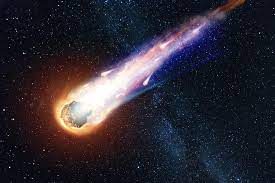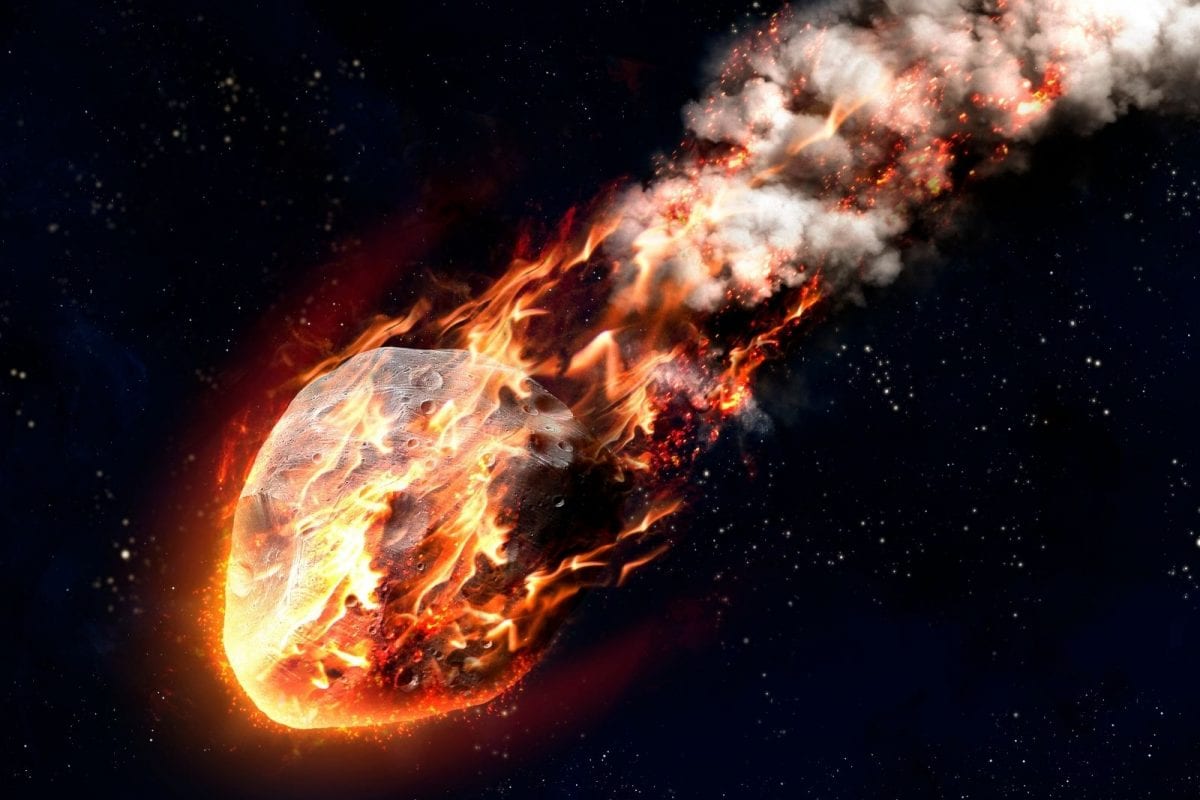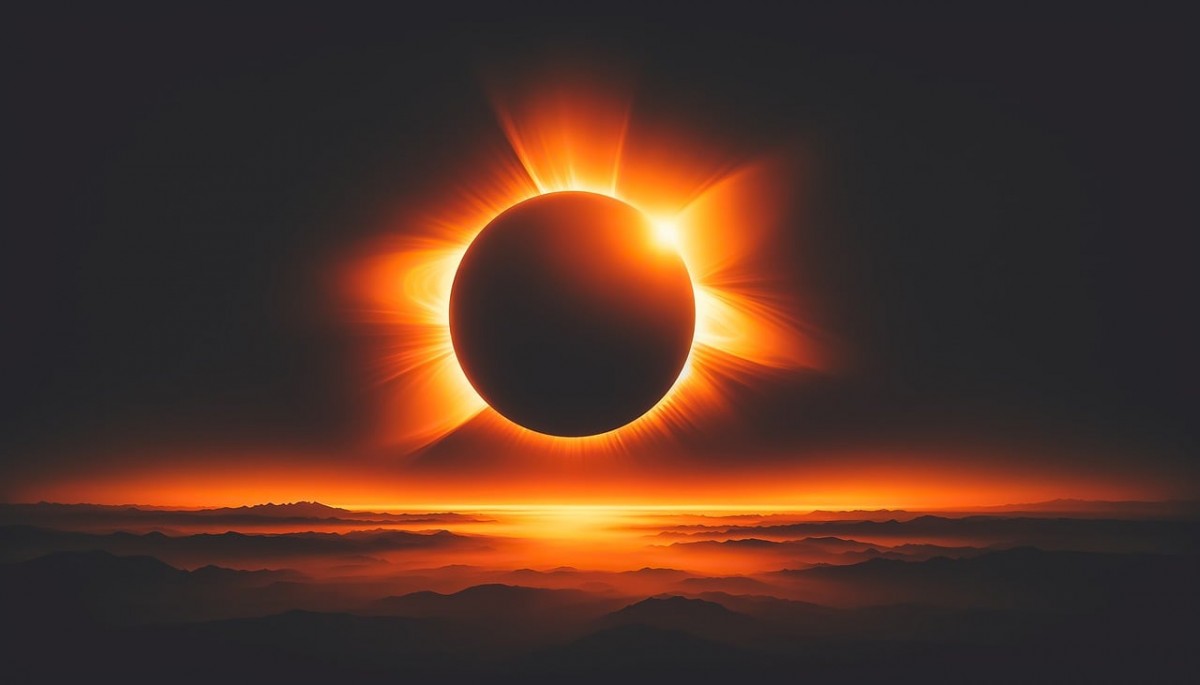Meteorites that helped form Earth may have formed in the outer solar system
Earth is believed to have formed partly from carbonaceous meteorites, which are thought to come from outer main-belt asteroids. Telescopic observations of outer main-belt asteroids suggest that they formed with ammonia ice which is only stable at very low temperatures. A new study suggests these materials may have formed very far out in the early Solar System then been transported into the inner Solar System by chaotic mixing processes.
Solar System formation

Our Solar System is believed to have formed from a cloud of gas and dust, the so-called solar nebula, which began to condense on itself gravitationally ~ 4.6 billion years ago. As this cloud contracted, it began to spin and shaped itself into a disk revolving about the highest gravity mass at its centre, which would become our Sun. Our solar system inherited all of its chemical composition from an earlier star or stars which exploded as supernovae. Our Sun scavenged a general sample of this material as it formed. But the residual material in the disk began to migrate based on its propensity to freeze at a given temperature.
As the Sun grew dense enough to initiate nuclear fusion reactions and become a star. It scavenged a general sample of this material as it formed. But the residuals in the disk formed solid materials to form planetary bodies based on its propensity to freeze at a given temperature. As the Sun irradiated the surrounding disk, it created a heat gradient in the early solar system.
Planets
For this reason, the inner planets, Mercury, Venus, Earth and Mars, are mostly rock. (mostly composed of heavier elements, such as iron, magnesium and silicon). While the outer planets are largely composed of lighter elements, especially hydrogen, helium, carbon, nitrogen and oxygen.
Earth is believed to have formed partly from carbonaceous meteorites, which are thought to come from outer main-belt asteroids. Telescopic observations of outer main-belt asteroids reveal a common 3.1 m reflectance feature that suggests their outer layers host either water ices or ammoniated clays, or both. Which are only stable at very low temperatures. Interestingly, though several lines of evidence suggest carbonaceous meteorites are derived from such asteroids. The meteorites recovered on Earth generally lack this feature. The asteroid belt thus poses many questions for astronomers and planetary scientists.











